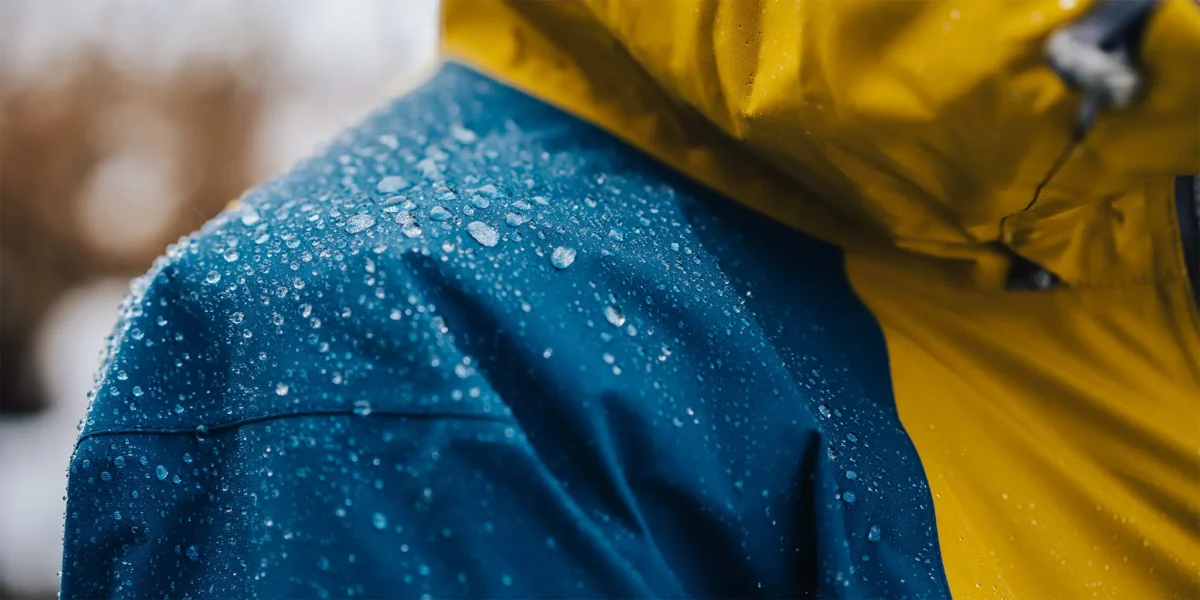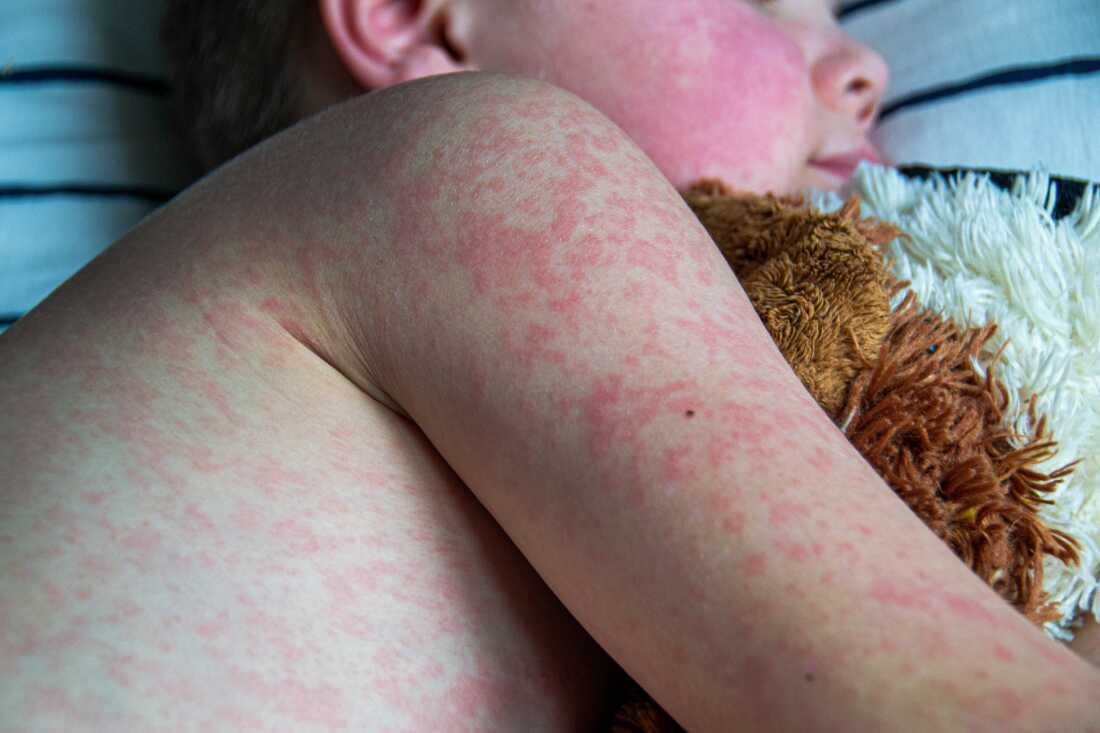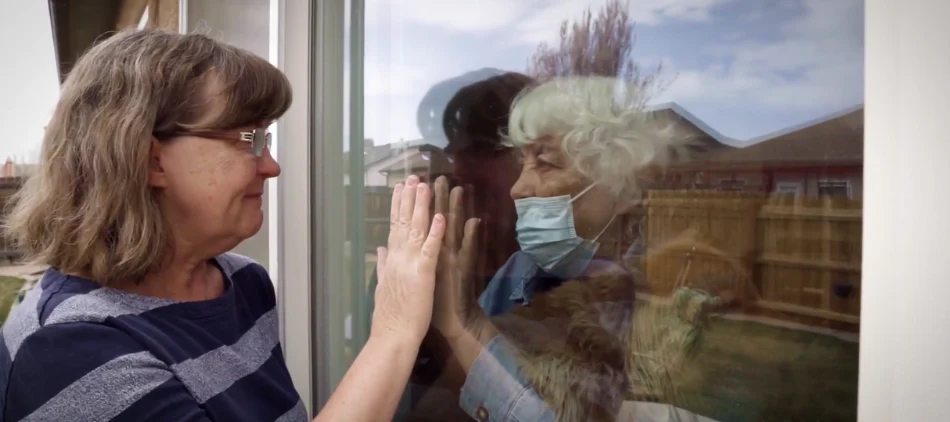Less PFAS in Canadian Products—But Where Are They Still Found?
Thanks to regulations in other countries, toxic PFAS chemicals—often called “forever chemicals”—are becoming less common in raincoats and other items sold in Canada. But how much PFAS exposure do Canadians still face? What are the current regulations? Should you ditch your old Gore-Tex jacket? Here’s what you need to know.
What Are PFAS and Why Are They a Concern?
PFAS (perfluoroalkyl substances) are synthetic chemicals known for their persistence in the environment and human bodies. They’re widely used to make products water-resistant, stain-proof, and durable—appearing in makeup, food packaging, feminine hygiene products, and clothing like school uniforms, rain jackets, and winter gloves.
However, PFAS exposure has been linked to serious health risks, including a higher likelihood of certain cancers, weakened immune response, fertility issues, metabolic disruption, and obesity. To combat these dangers, governments worldwide are enacting stricter regulations.
How Do New PFAS Rules Impact Canadians?
In 2022, New York and California passed laws restricting PFAS in clothing, which took effect this year.
- New York prohibits the sale of apparel containing PFAS as “intentionally added chemicals,” except for protective uniforms and outdoor gear designed for extreme conditions.
- California bans the production, sale, and distribution of textiles (including clothing, upholstery, bags, and bedding) containing PFAS above a set limit. However, outdoor wear for extreme conditions is exempt until 2028.
While these laws apply to the U.S., their impact extends beyond American borders. Arlene Blum, executive director of Green Science Policy, says major brands have already moved away from PFAS.
Bob Kirke, executive director of the Canadian Apparel Federation, acknowledges that these shifts have influenced Canada’s industry as well, although he couldn’t specify to what extent.
Bruce Calder, VP of operations at Ottawa-based Claigan Environmental, notes that a European ban on certain water-soluble PFAS—considered the most harmful—has also contributed to change, as many companies sell products globally.
What Are Canada’s PFAS Regulations?
Canada prohibits three well-studied PFAS groups (PFOS, PFOA, and LC-PFCAs) due to their environmental risks. Environment Canada has announced that further restrictions on the production, sale, import, and use of these chemicals will take effect this spring.
In 2023, the federal government requested data from companies on PFAS usage to help guide future regulations. Last July, Environment Canada proposed adding most PFAS (except fluoropolymers) to the country’s list of toxic substances. These changes are expected to be finalized soon.
Calder points out that past regulations helped eliminate PFAS from makeup in 2021, though Marketplace still detected them in some products in 2023. However, Canada’s previous rules didn’t cover PFAS in manufactured items like clothing.
Which Canadian Products Still Contain PFAS?
Calder’s recent testing suggests that PFAS have largely been removed from raincoats and feminine hygiene products. There’s also progress with children’s winter gloves.
- In 2023, eight out of 11 pairs of children’s gloves tested positive for water-soluble PFAS.
- A new round of testing this year found only three out of 12 pairs contained PFAS, indicating improvement.
But exposure risks remain, particularly from paper-based food packaging. Paper takeout bowls, paper straws, and unbranded paper containers often use PFAS for waterproofing. Fast-food chains have largely phased them out, and the U.S. FDA banned PFAS coatings in most food packaging last year.
What Are the Alternatives to PFAS—and Are They Safe?
Jackets that previously relied on PFAS-based materials, like older Gore-Tex versions, now use polyethylene-based fabrics, which are non-toxic, thinner, stronger, and have a lower carbon footprint.
For water-repellent coatings, brands have switched to waxes, silicones, and polyurethane. Some of these alternatives still release toxins, but paraffin wax is considered the safest by the advocacy group Toxic-Free Future.
Performance-wise, new Gore-Tex materials reportedly match the old version but require more frequent washing and drying to maintain waterproofing. Kirke notes that while many PFAS-free rain jackets work well, some high-performance gear still relies on PFAS to meet strict waterproofing standards. However, technology is evolving rapidly.
Should You Get Rid of Your Old PFAS Raincoat?
Experts say no. Blum, who still owns a PFAS-containing jacket, explains that the biggest risk comes from PFAS production rather than wearing the finished product. Manufacturing new gear also consumes resources, making it more environmentally friendly to keep using what you have.
She suggests paying closer attention to school uniforms, which are worn against the skin and absorb sweat—potentially increasing exposure.
How Can You Avoid PFAS?
Green Science Policy provides a list of PFAS-free brands across various categories, from rain gear to furniture and baby products.
Ultimately, Blum believes it’s the responsibility of manufacturers and governments to eliminate toxic chemicals, not consumers. The most effective step individuals can take is to support brands and policies that prioritize safer alternatives.







